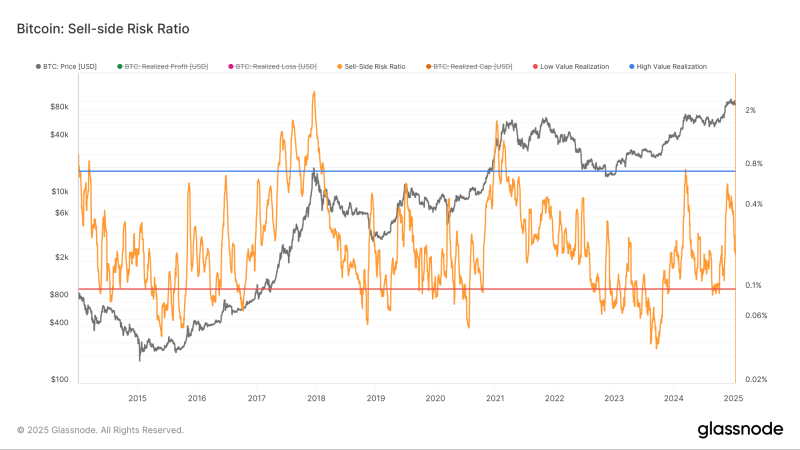Bitcoin is holding steady above its $90,000 support, despite December sell-offs.

Edited By: Jibin Mathew George
- Bitcoin’s $90k support remains strong after December sell-offs, signaling underlying market resilience
- Institutional profit-taking has cooled, with Bitcoin ETF inflows dropping from $14B to $6.6B monthly
Seasonality has never been kind to Bitcoin [BTC] in late December. The sell-side avalanche tends to spill over into January, and 2025 is no exception. Institutional profit-taking has taken a toll, with Open Interest on CME contracts sliding by 13%. ETFs too have seen their net flows cool off, from $14 billion monthly to $6.6 billion, as institutions lock in gains.
Despite this, Bitcoin has held its ground around the critical $90,000 support. December’s punishing sell pressure – $200 million in daily outflows – has tapered off, leaving January hovering on the neutral line. The resilience hints at underlying strength, but is it enough for Bitcoin to defy the odds?
$90,000 support holds firm
After a volatile December, marked by relentless sell-side pressure and daily outflows peaking at $200 million, the market entered January with renewed stability. The critical $90,000-support level, shaped by institutional inflows, is now a sign of resilience amid declining volatility.

At press time, Open Interest, which has dropped by 13% since its November peak, highlighted a wave of profit-taking among institutional investors. The sharp reduction in contracts nearing expiry throughout late December correlated with the sell-off, signaling risk aversion as market uncertainty escalated.
Moreover, the tapering of longer-dated Futures indicated cautious sentiment extending beyond immediate-term horizons. This contraction in activity signified that institutions are hedging their positions, rather than committing aggressively to upside bets.
Bitcoin’s price suggested that the $90,000-level has become a psychological anchor. A break below this threshold could trigger renewed sell-side momentum, but its current resilience suggests support from both institutional hedgers and retail participants alike. While outflows have slowed, cautious optimism is yet to translate into significant upward momentum, keeping the market in a delicate equilibrium.
Key indicators: MVRV and sell-side risk ratio

The STH MVRV ratio revealed an intriguing dynamic. Short-term holders, whose cost basis averages around $88,000, are yet to feel the pinch of unmanageable losses.
However, the gap between 1.08 and 1 reflects a delicate equilibrium – One that could turn bearish if Bitcoin breaches its $90k support. On the contrary, closing this gap might act as a springboard for upward momentum.

The Sell-side Risk Ratio chart reinforced Bitcoin’s precarious positioning. Historically, elevated sell-side risk has correlated with heightened volatility and bearish sentiment, particularly during periods of institutional profit-taking. The recent dip in the ratio aligns with the tapering outflows observed in January – A sign of diminishing sell pressure.
However, the proximity to the lower threshold highlighted Bitcoin’s susceptibility to further downside if the support at $90,000 weakens. Conversely, sustained resilience could inspire renewed bullish activity, driven by short-term holders closing their cost basis gap.
Is Bitcoin waiting for a catalyst?
Bitcoin appears to be in a holding pattern, straddling support while awaiting a decisive push. Macro catalysts – such as economic data, monetary policy shifts, or institutional announcements – could dictate its next move.
The STH MVRV ratio hinted that short-term holders are near their cost basis, leaving room for a bullish catalyst to push Bitcoin above $90k. Meanwhile, the Sell-side Risk Ratio suggested sell pressure is easing. Even so, Bitcoin remains vulnerable if demand doesn’t materialize soon.
Investor behavior remains cautiously optimistic. Exchange inflows and outflows hovering around $12 billion daily offer a baseline of liquidity, but Spot ETFs lack the momentum to drive a breakout.
For now, Bitcoin is walking a fine line. Whether it dips towards $88k to reset market sentiment or finds fresh demand to scale higher, the coming weeks are critical for defining its direction.

